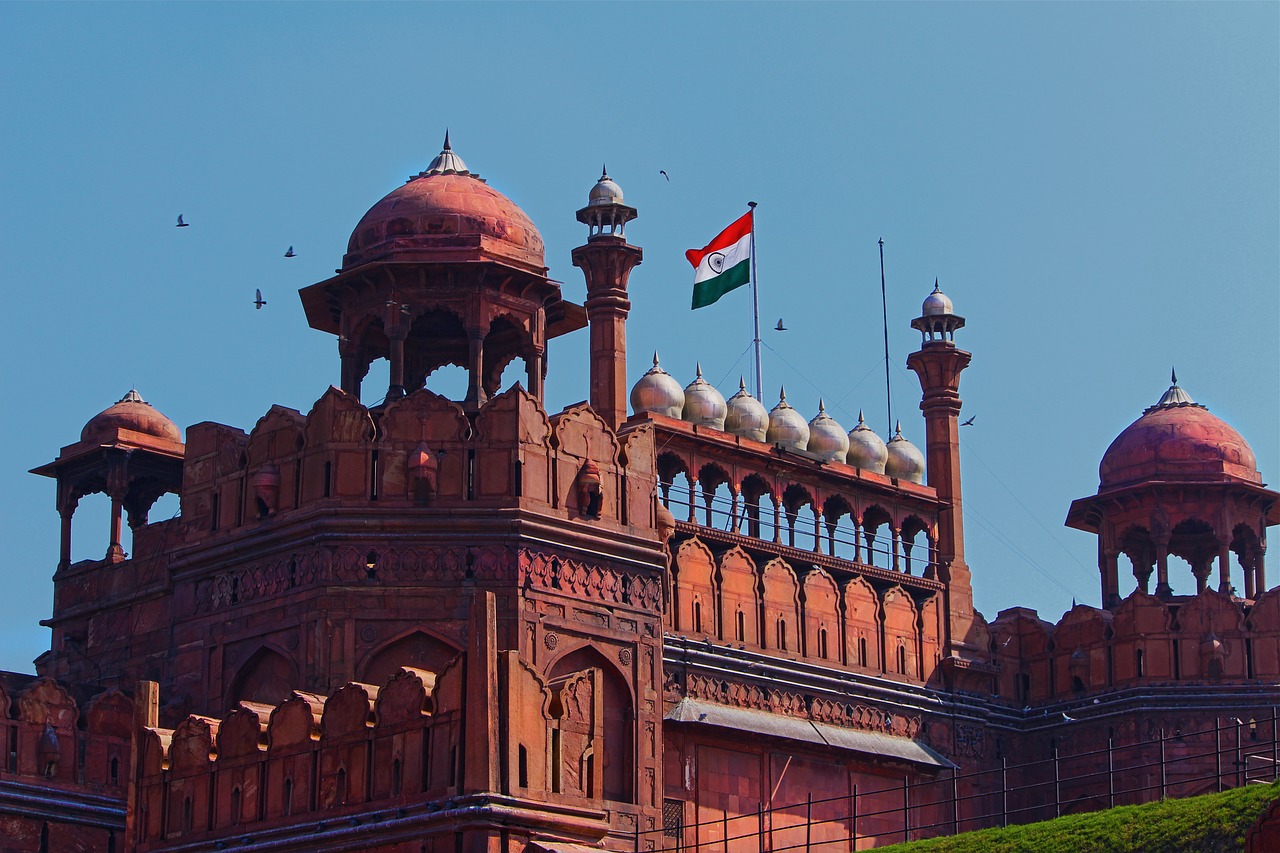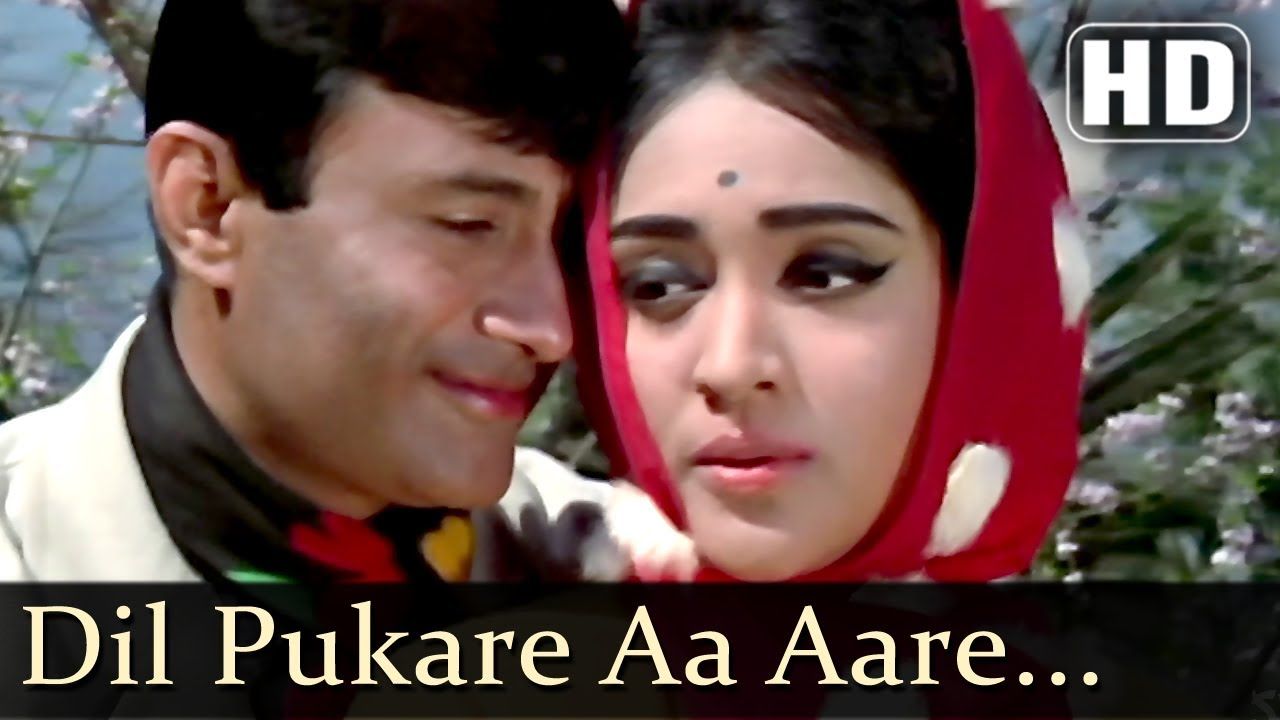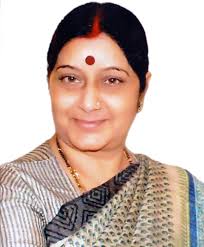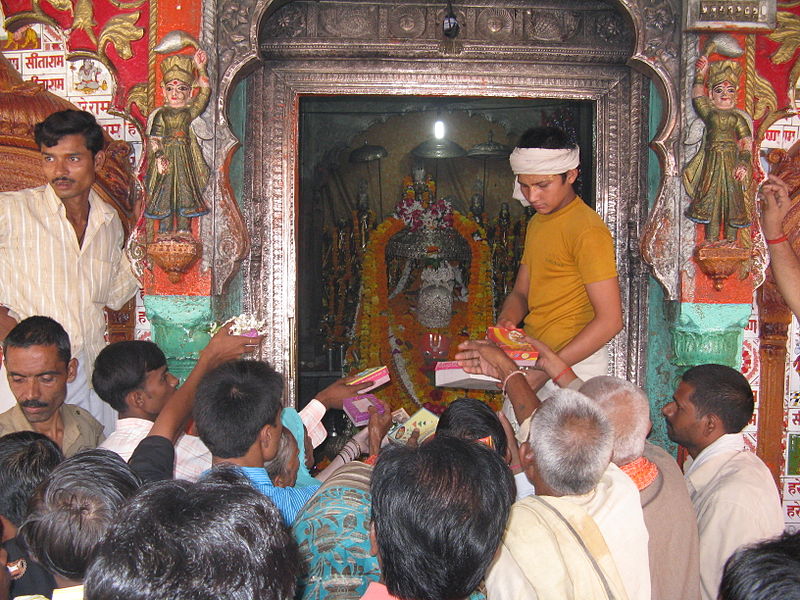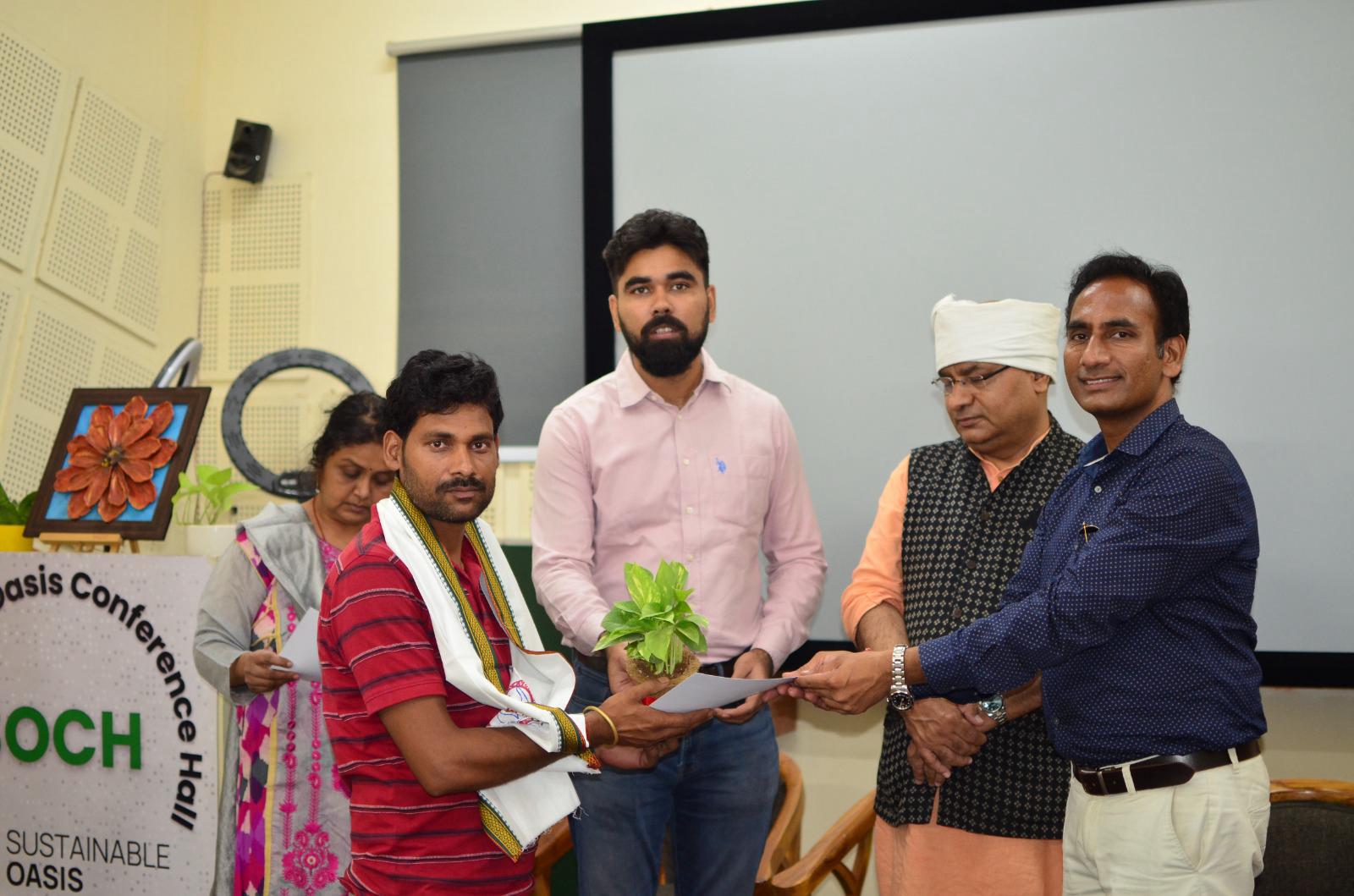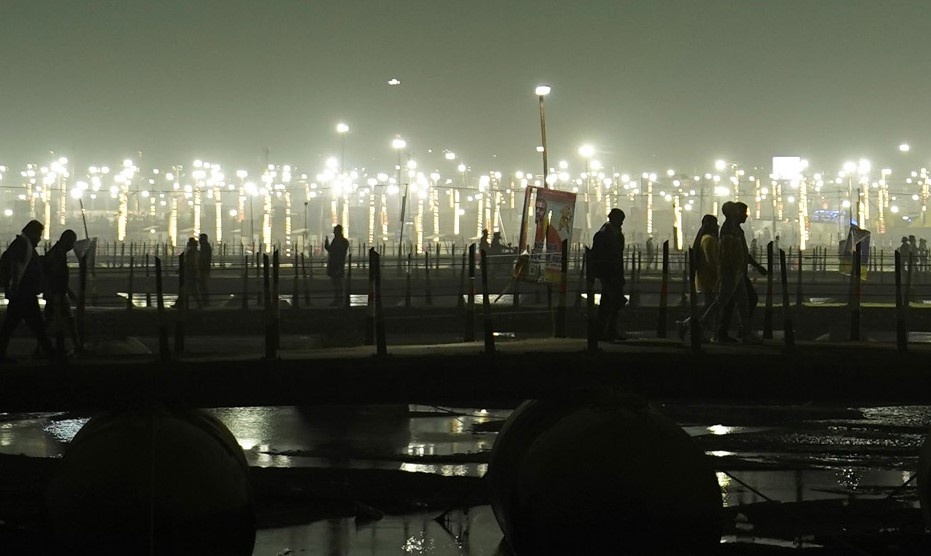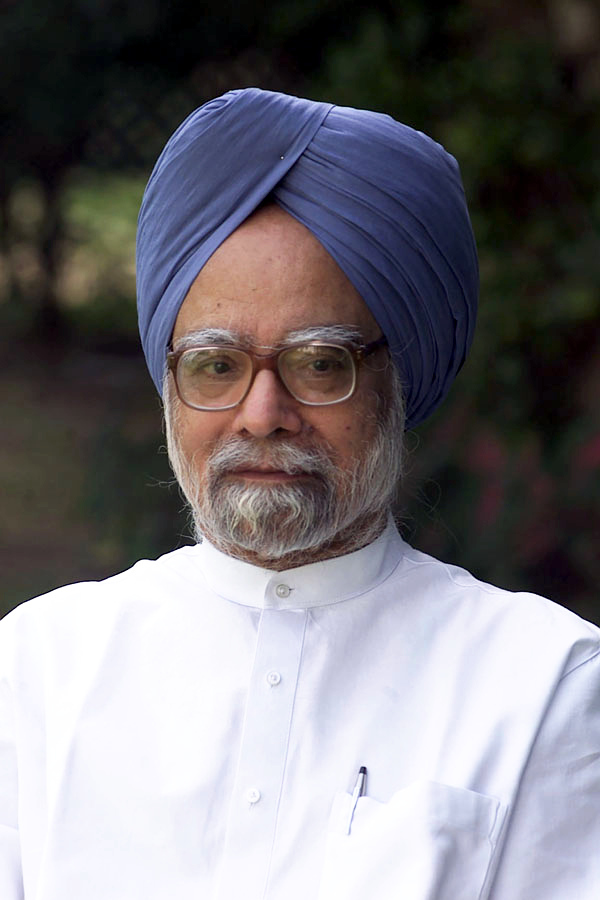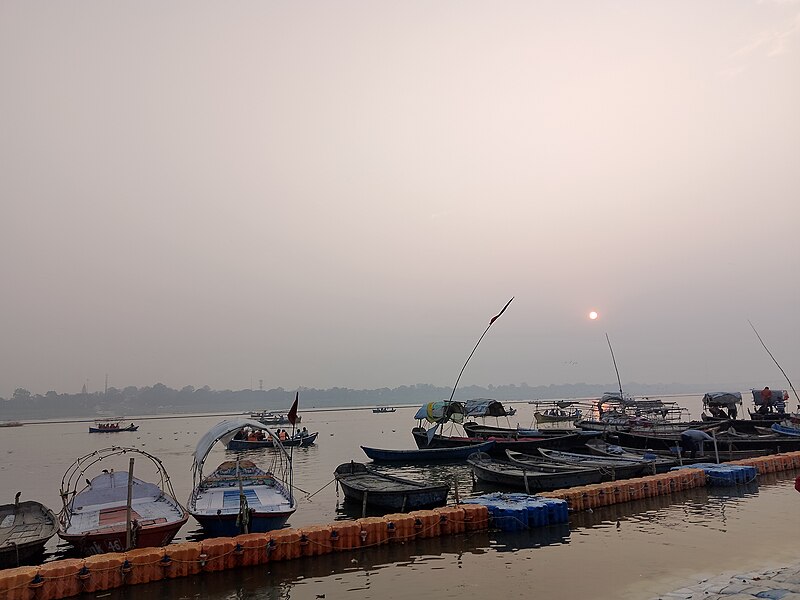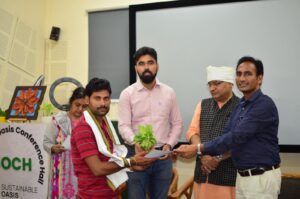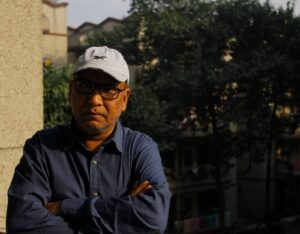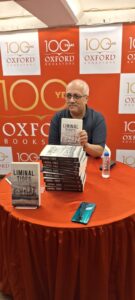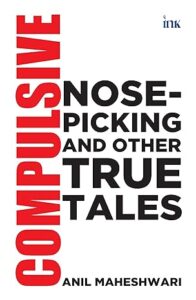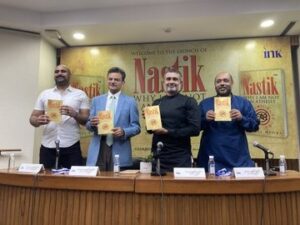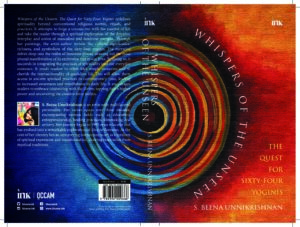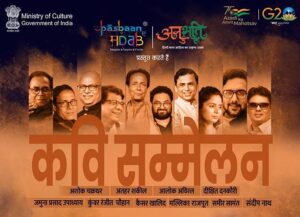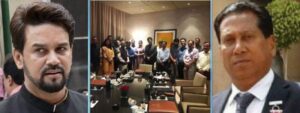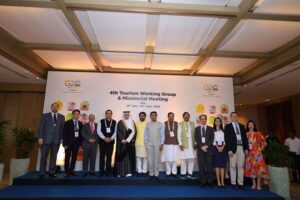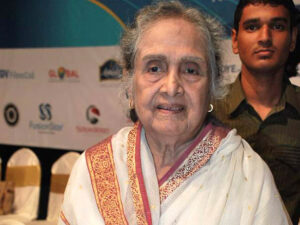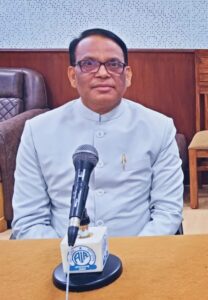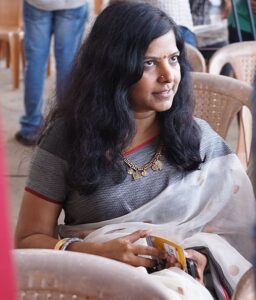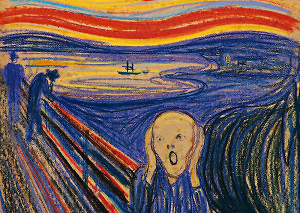Getting back Kohinoor: Crass nationalism
Ravi Shanker Kapoor | April 18, 2016 3:59 pm
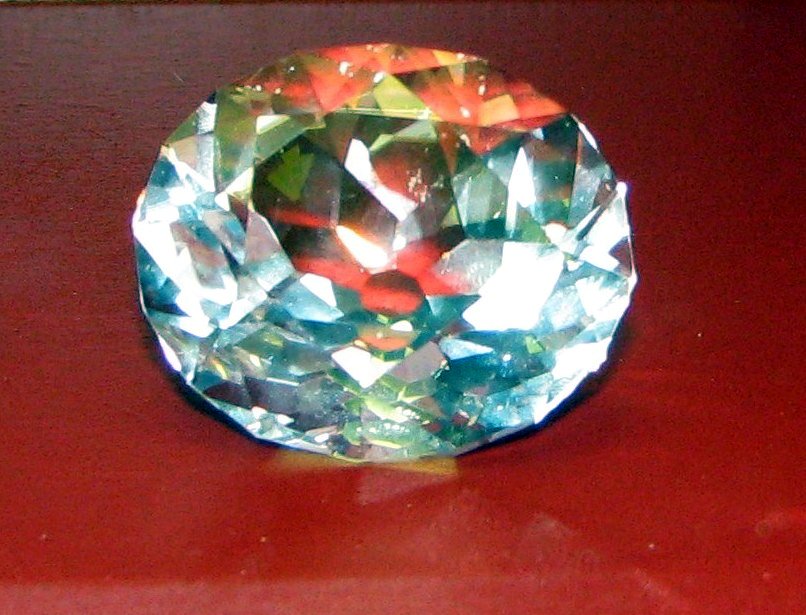
The demand to get the Kohinoor (literally, ‘Mountain of Light’) diamond back to India is as weird as it is preposterous. Thankfully, the Indian government, responding with sagacity, has dismissed it.
A bunch of busybodies, going by the name of the All India Human Rights & Social Justice Front, filed a public interest litigation in the Supreme Court demanding not only the famed diamond but also the “ring and talwar of Tipu Sultan and other treasures of Tipu Sultan, Bahadur Shah Zafar, Rani of Jhansi, Nawab Mir Ahmad Ali Banda and other rulers of India.” It is good to know that the government has refused to be swayed by the crassest expression of nationalism. “Kohinoor cannot said to be forcibly taken or stolen as it was given by the successors of Maharaja Ranjit Singh to East India Company in 1849 as compensation for helping them in the Sikh wars,” Solicitor General Ranjit Kumar told a Bench headed by Chief Justice T.S. Thakur.
Kumar’s reasoning was sound: “If we claim our treasures like Kohinoor from other countries, every other nation will start claiming their items from us. There will be nothing left in our museums.” Apparently, he was echoing British Prime Minister David Cameron. In 2010, he had said in a television interview: “What tends to happen with these questions is that if you say yes to one, then you would suddenly find the British Museum empty.”
This is absolutely trued. For instance, according to the website of the New Delhi-based National Museum, “The collection of Central Asian Antiquities with more than twelve thousand objects from Xinjiang region of Chinese Turkestan was discovered by Sir Aurel Stein during his three expeditions in 1900-1901, 1906-1908 and 1913-1916. This is one of the most prestigious and rare collections of Central Asian antiquities at the National Museum.”
The website goes on to say: “The objects displayed in the gallery were discovered mainly from the oasis along the ancient trade route popularly known as southern and northern Silk Roads. Frequent movements of people of different regions, faiths and cultures resulted in the emergence of a composite cultural tradition which is marked by the presence of Hellenistic, Sassanian, Uigurian, Chinese, Tibetan and Indian elements in the Central Asian Art.”
If we demand Kohinoor and other artifacts from Great Britain, what stops Central Asian Republics and China demanding all these objects at National Museum from us?
Secondly, Pakistan is also fighting for Kohinoor, for the capital of the Sikh Kingdom was Lahore. In February this year, a plea was filed by Barrister Javed Iqbal Jaffry on the grounds that the 105-carat gem was taken from the territory which is now Pakistan. In fact, according a PTI report, “Lahore High Court Justice Khalid Mahmood Khan… overruled the objection by the court’s registrar office to the petition which has named Queen Elizabeth II and British High Commission in Pakistan respondents in the case.” In December 2015, the registrar office had dismissed the plea terming it as non-maintainable, saying that the court had no jurisdiction to hear the case against the British Queen.
Thirdly, if the principle of setting historical wrongs right is accepted, a Pandora’s Box would open up. There could be a PIL asking Iran to pay for the crimes of Nadir Shah. For it is a well-acknowledged fact that he invaded India, carried out a massacre in Delhi in which 20,000-30,000 people died, and plundered the royal treasury that included the Peacock Throne and Kohinoor. Such was the magnitude of the loot that it allowed him to forego taxation in his country for three years. Should New Delhi seek reparations from Tehran for the loot and the massacre that took place about three hundred years ago? And what if some imaginative Oriya seeks damages from Bihar for the massacre Emperor Ashok of Pataliputra (now Patna) carried out 23 centuries ago?
It is time we started learning from history rather than rectifying it. For the past is dead as far as its correction is concerned.

